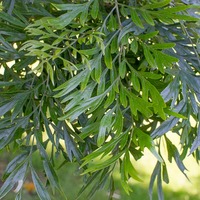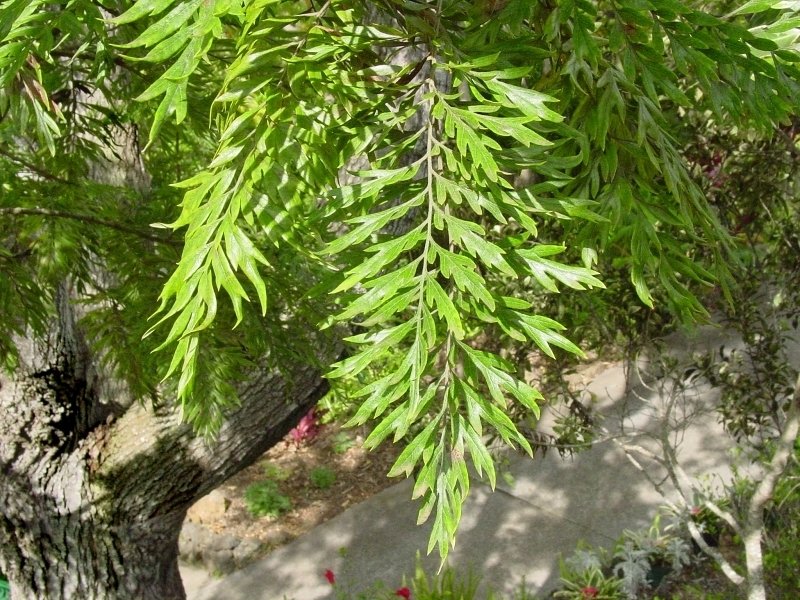Silver oak
*Botanical name:- Grevillea robusta
*Local name:- शाहबलूत , silk oak , silky oak , बलूत.
*Family - Proteaceae
Silk oak is an erect, fast-growing, single-stemmed, and medium-sized to large evergreen tree that normally grows about 35 m (114 ft.) in its natural habitat, though elsewhere it is more typically 15 to 25 m (50 to 80 ft.) tall. Bole is straight, branchless for up to 15 m, up to 80 (max. 120) cm in diameter, usually without buttresses.
* Medicinal used –
-In Kenya, natives of the Kakamega Forest use the plant to treat sore throats, earache, chest problems, flu and toothache.
-In North Garo Hills, Meghalaya, NE India, bark and leaves used for headaches and dizziness.
Note:- यह एक सामान्य जानकारी है कृपया गम्भीर समस्या के लिए डॉक्टर से परामर्श लें धन्यवाद ! हालांकि, उपयोग करने से पहले एक आयुर्वेदिक चिकित्सक या अपने चिकित्सक से परामर्श करें।
Others-
• Dye: Yellow and green dye from the leaves; used for dyeing silk.
• Wood: Used for joinery, cabinetry and paneling.
• Fuel: Wood makes a good charcoal. Used to fuel locomotives and river steamers, power boilers and small industries. Sapwood has calorific value of 4800 kcal/kg; the heartwood yields 4950 kcal/kg.
• Gum or resin: Natural gum has potential as adhesive.
• Ornamental: Grown for its attractive foliage. Leaves used in flower arrangements.
• Apiculture: Golden flowers are an attractant for bees, making it an important honey plant.
Caution-
Poison: Flower buds, fruit and seeds
*Environmental benefits - This tree is one of the most important reforestation trees in Nepal.
Trees give off oxygen that we need to breathe. Trees reduce the amount of storm water runoff, which reduces erosion and pollution in our waterways and may reduce the effects of flooding.
The silky oak provides abundant quantities of leaf mulch, which may accumulate to a depth of 30 - 40 cm. This thick layer protects the soil and maintains soil temperature


